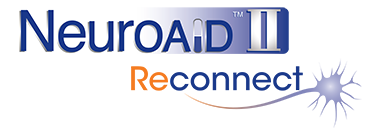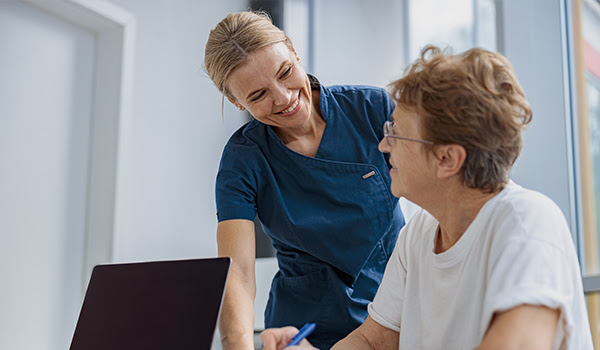One of the biggest changes emerging from the global pandemic is telemedicine. Using video calls to converse with medical experts has changed how we approach medical care. It has also gained more importance for medical specialists’ needs like the treatment of stroke and traumatic brain injuries patients.

When it comes to telemedicine, medical experts have found several main ways to use this to help patients. This includes:
- Analysing patients who can’t reach dedicated facilities.
- Carrying out specialized telerehabilitation programs at home.
It may seem unfeasible but experts are continually devising specialized programs that patients can follow without direct expert guidance.
For example, a 2021 University of British Columbian study showed how doctors created a specialist exercise series for refining motor skills for patients at home. Using resources such as emails and video chats, patients practiced exercises to improve arm motor skills using household objects with help from carers and emailing the results for their specialist to review.
These simple practices are becoming more common and multimedia aids improve areas such as motor skills and language function without the need for any specialist to be present.

The benefits of practicing telerehabilitation are becoming clearer to see. For patients, it gives a chance to keep progressing no matter where they are. A 2020 study from San Jose State University showed that recovering patients improved further when they practiced telerehabilitation at home.
Not only did patients still practice basic rehabilitation tasks but communicating over multimedia provided vital social interaction easing signs of depression and mental illness over a 2-month period.
Telemedicine also gives those in isolated areas a better chance to pull through in critical hours. A 2021 Harvard University report showed that stroke patients reviewed remotely by specialists had a better chance of survival even if their hospital didn’t have neurological experts on-site to help them. With experts able to recommend treatment protocols, it improves their chances of survival even if specialists can’t physically travel to smaller hospitals.

Telerehabilitation will certainly develop further to help brain injury patients progress at their own pace. It gives them the ability to improve both physically and mentally even when they think it’s not possible.
Studies have yet to show any real downturn compared to physical interaction meaning that telerehabilitation could be a tool that helps rehab progress no matter what situation you may face.
Stay connected and stay hopeful!











